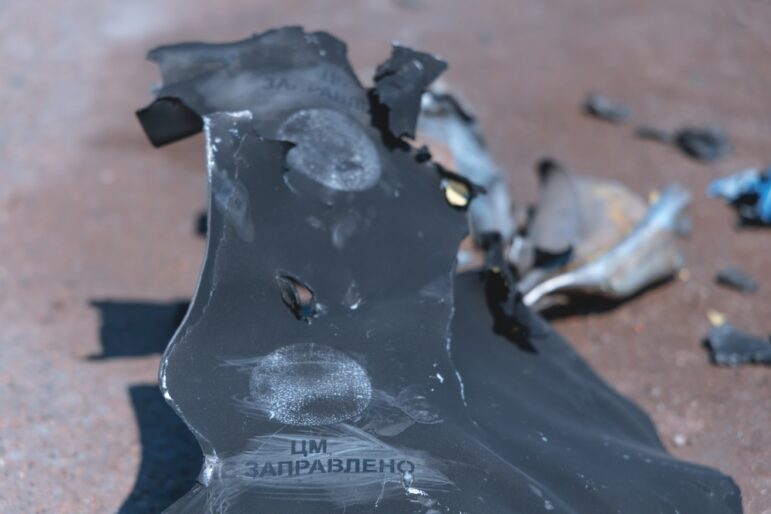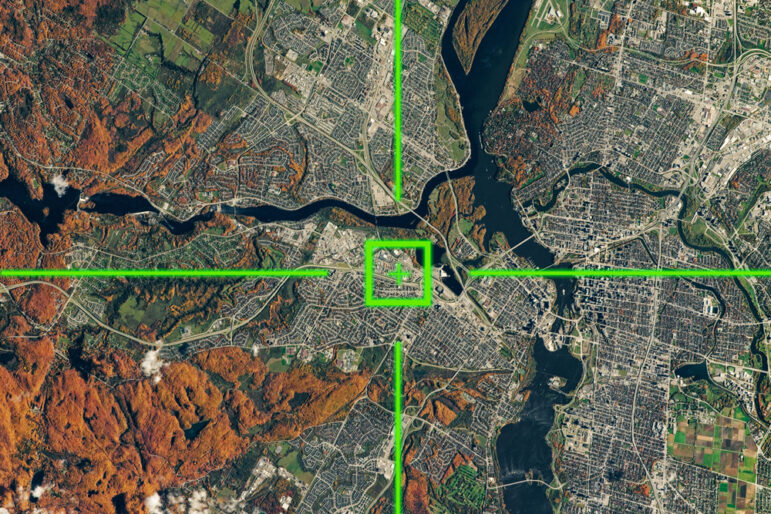
How They Did It
Exposing Extremism Networks in Sub-Saharan Africa Using Open Source Tools
As extremism spreads across sub-Saharan Africa, journalists are turning to open source tools to track the networks and physical movement of these often violent groups.









